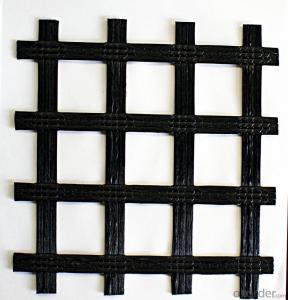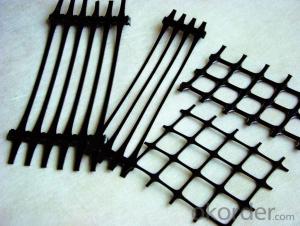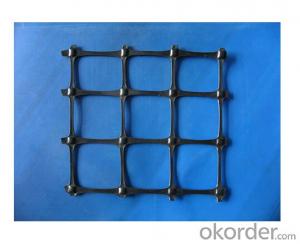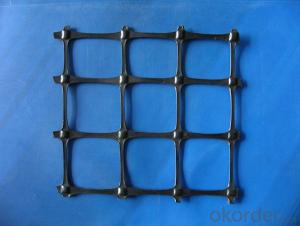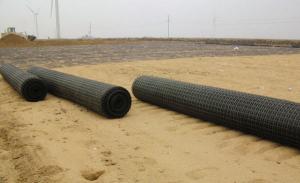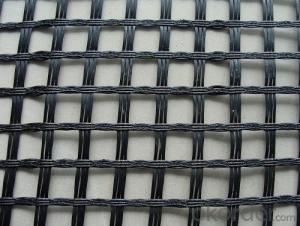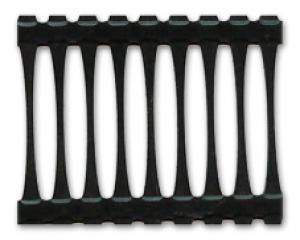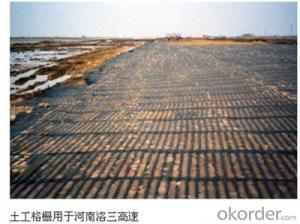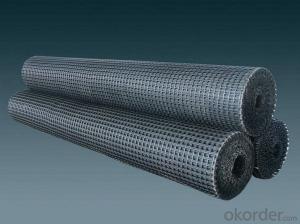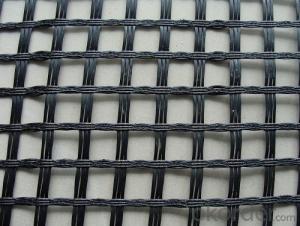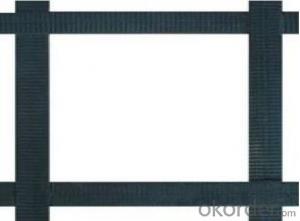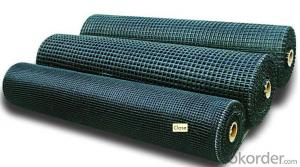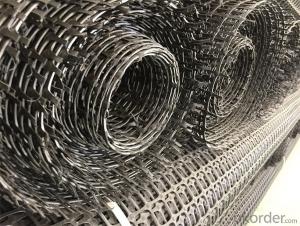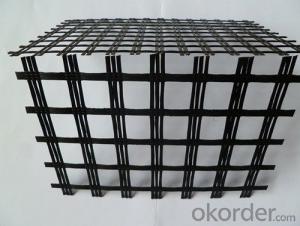Fortrac Geogrid
Fortrac Geogrid Related Searches
Fridge With Freezer On Bottom Driveway Pillars With Lights Blu Ray Player With Recorder Blu Ray Player With Internet Geogrid In Retaining Walls 1708 Biaxial Fiberglass Tape Pullout Resistance Of Geogrid Geogrid Warp Knitting Machine Srw 3 Series Geogrid Biaxial Plastic GeogridHot Searches
Fiberglass Scaffolding For Sale Fiberglass Panels For Sale Fiberglass Greenhouses For Sale Geogrid Fabric For Sale Gas Powered Core Aerator For Sale Revolution 4 Propeller For Sale Alabaster Carving Stone For Sale Geogrid For Sale Near Me Tensar Geogrid For Sale Geogrid For Sale Ex Display Log Cabins For Sale Photoelectric Cells For Sale Athletic Lockers For Sale Cubicle Partitions For Sale Stearman Propeller For Sale Palram Greenhouses For Sale Gumbo Bowls For Sale Suzuki Propellers For Sale Freight Crates For Sale Outhouse Sheds For SaleFortrac Geogrid Supplier & Manufacturer from China
Okorder.com is a professional Fortrac Geogrid supplier & manufacturer, offers integrated one-stop services including real-time quoting and online cargo tracking. We are funded by CNBM Group, a Fortune 500 enterprise and the largest Fortrac Geogrid firm in China.Hot Products
FAQ
- What is the principle of geogrid?
- GSZ: 1 what are the characteristics of high strength steel wire, steel plastic composite geogrid tension by warp knitting bear, resulting in high tensile modulus at low strain capacity, vertical and horizontal rib synergistic effect, give full play to the role of Geogrid on soil type. 2, steel plastic composite geogrid vertical steel rib weft woven into nets, an outer coating layer forming a steel wire and the outer coating layer can destroy the function of coordination, elongation is very low (less than 3%). The main force unit of steel plastic composite geogrid is steel wire, and the creep is very low. 3, through the production process of plastic surface treatment, suppress the rough pattern, in order to enhance the surface roughness of the grid, improve the steel plastic composite geogrid and soil friction coefficient. 4, steel plastic composite geogrid width of up to 6m, to achieve high efficiency, economic effect of reinforcement. 5, steel plastic composite geogrid used high-density polyethylene can ensure that: at room temperature will not be affected by acid and alkali and salt solution, or oil erosion; will not be dissolved by water or microbial damage. At the same time, the high molecular weight of polyethylene is also sufficient to resist ultraviolet radiation caused by aging. The grille stress aspect rib synergistic effect, can not generate node crack or damage. But in the actual project, after the packing compaction, therefore has not been subjected to the ultraviolet light and the oxygen erosion, therefore completely may satisfy the permanent construction request.
- EG90R what is the geogrid material?
- One way pull plastic geogrid, also called one-way plastic geogrid
- Yes, geogrids can be used in soil stabilization for recreational areas. Geogrids are often used to reinforce and stabilize soil, preventing erosion and improving the load-bearing capacity of the ground. This makes them particularly suitable for recreational areas such as sports fields, playgrounds, or park trails where heavy foot traffic or vehicular loads are expected. By installing geogrids, the stability and durability of the soil can be significantly improved, ensuring a safe and long-lasting recreational space.
- Yes, geogrids can be used in the reinforcement of bridge abutments on expansive soils. Geogrids are commonly used in civil engineering projects to provide reinforcement and stability to soil structures, including bridge abutments. They help to distribute loads and reduce the potential for soil movement and settlement, particularly in areas with expansive soils that are prone to swelling and shrinking. By incorporating geogrids into the design and construction of bridge abutments, the risk of damage and failure caused by expansive soils can be minimized, ensuring the longevity and safety of the structure.
- Yes, geogrids can be used in retaining wall drainage systems. Geogrids are commonly used to reinforce soil and provide stability to retaining walls. They can also be employed as part of a drainage system to help manage water pressure and prevent the accumulation of excess water behind the wall. By allowing for efficient drainage, geogrids can enhance the overall performance and longevity of retaining walls.
- EG65R type geogrid meaningWhat is the meaning of EG, said 65 per meter of tensile strength is 65kN? 65KN/m R will be broken? What is the meaning?
- Is that tension can reach more than 65KN, as can pull off in what, I do not know, if there is a need to contact me, thank you, hope to adopt!
- Why should the drainage pipe under the bottom of rubber dam be wrapped with geomembrane
- A lot of geotextile wrapped outside the drainpipe.The upper part of the drainage pipe is wrapped with geotextile, and the lower half part is coated with the geomembrane.Outside the drainage pipes have not been wrapped geomembrane.Because the pipe wall can not be used without water pipe is more reasonable and convenient.
















